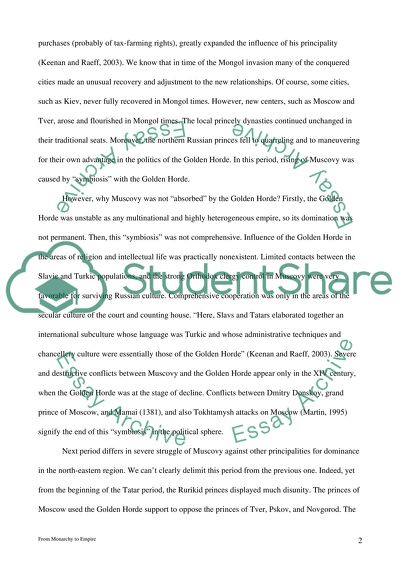Cite this document
(The Making of Russian Political Traditions Essay, n.d.)
The Making of Russian Political Traditions Essay. https://studentshare.org/politics/1528286-the-making-of-russian-political-traditions
The Making of Russian Political Traditions Essay. https://studentshare.org/politics/1528286-the-making-of-russian-political-traditions
(The Making of Russian Political Traditions Essay)
The Making of Russian Political Traditions Essay. https://studentshare.org/politics/1528286-the-making-of-russian-political-traditions.
The Making of Russian Political Traditions Essay. https://studentshare.org/politics/1528286-the-making-of-russian-political-traditions.
“The Making of Russian Political Traditions Essay”. https://studentshare.org/politics/1528286-the-making-of-russian-political-traditions.


